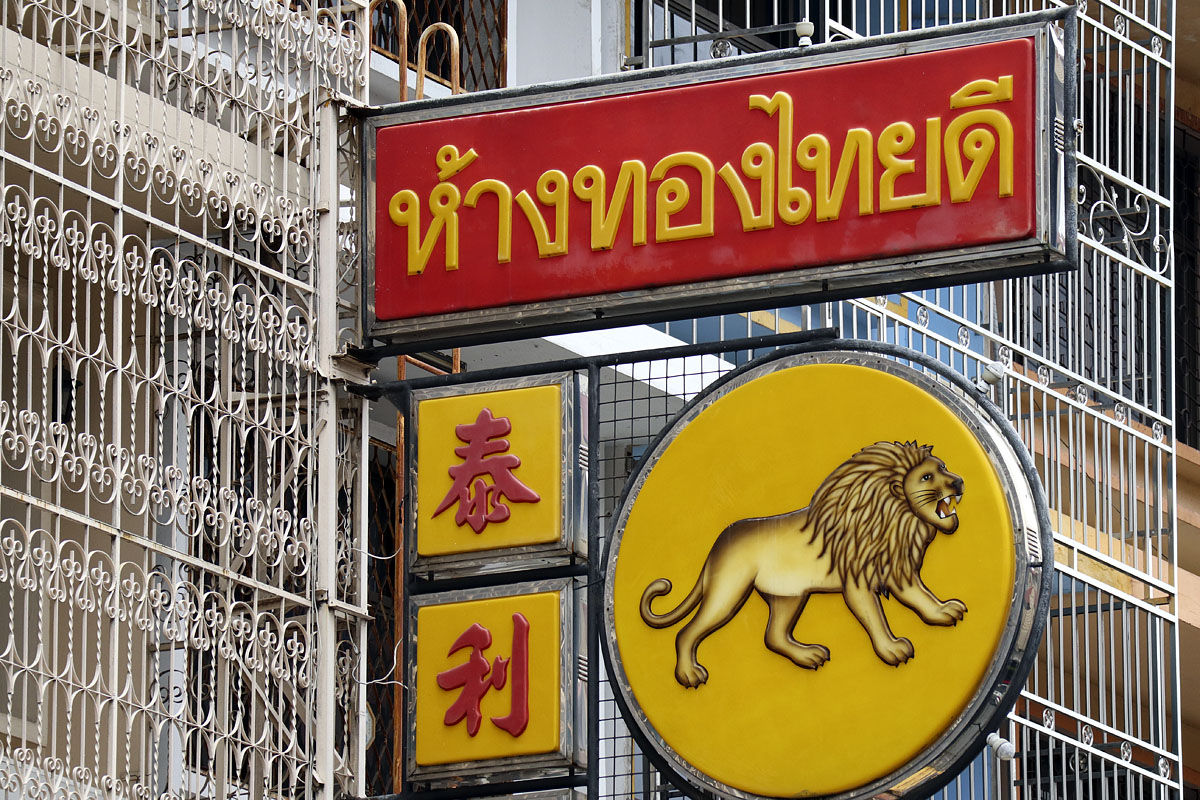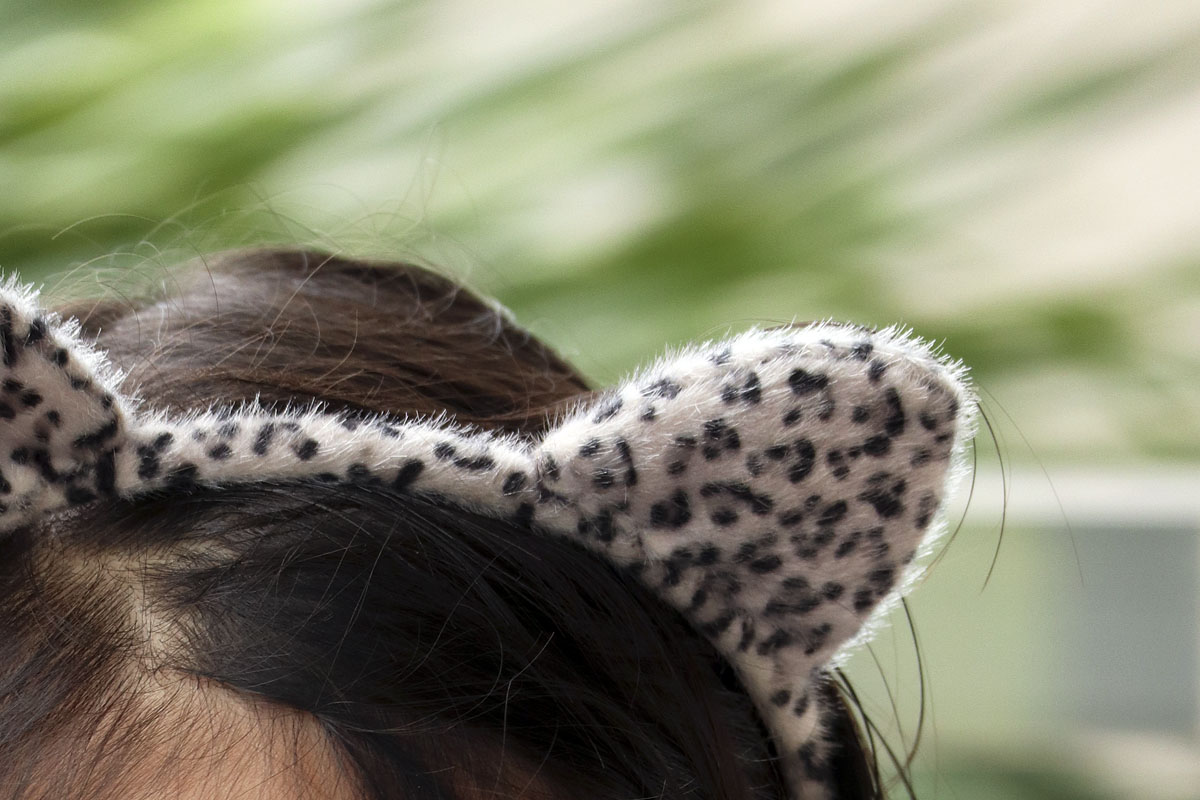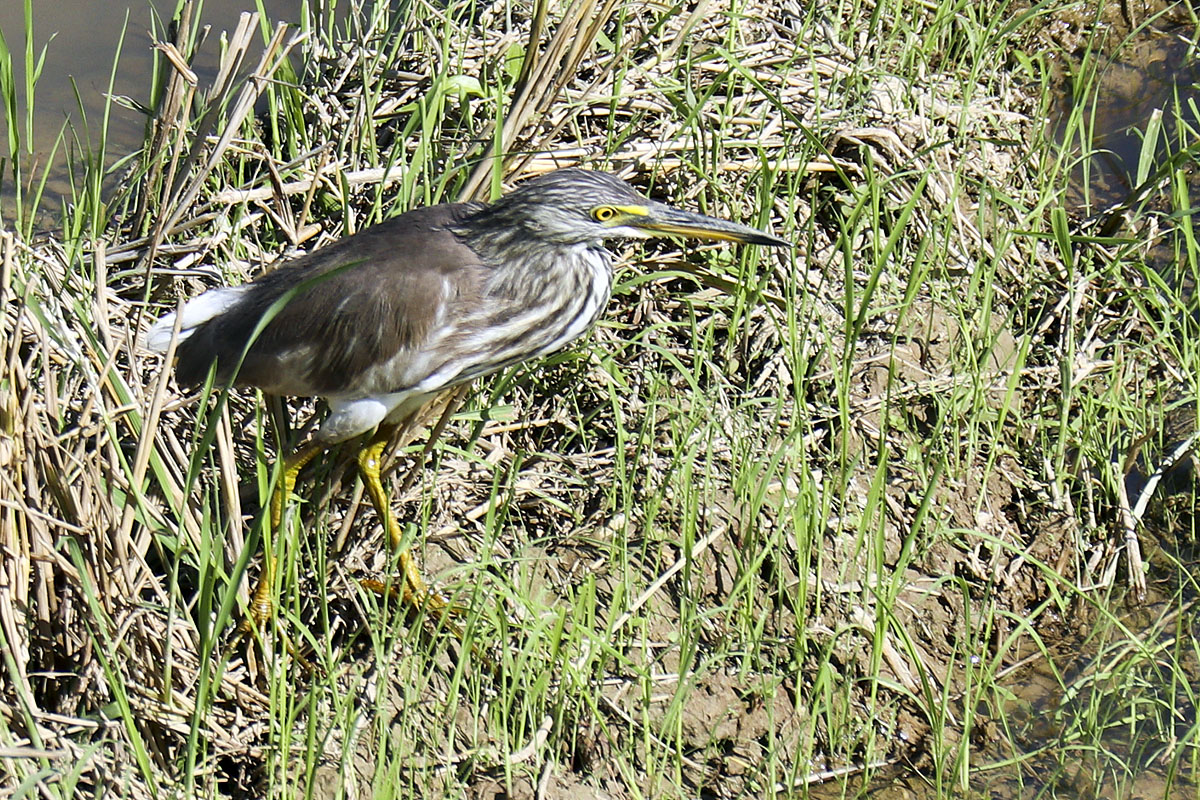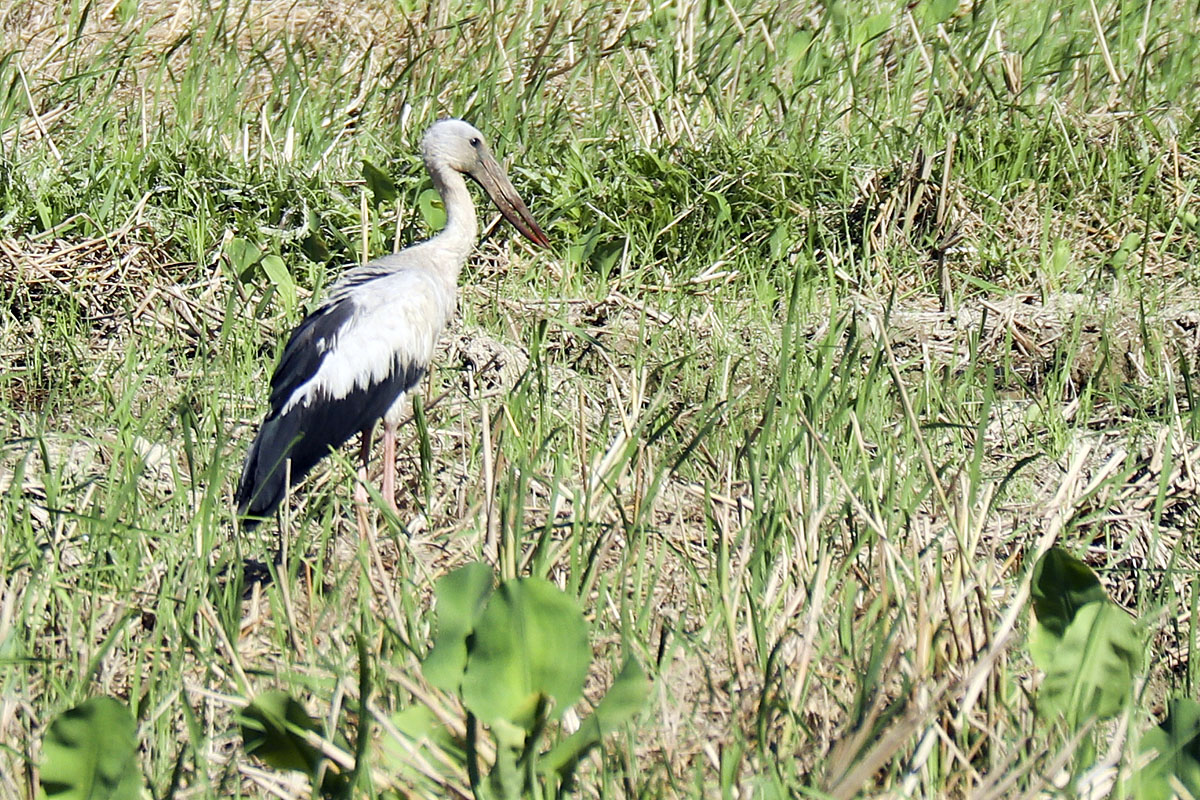Canon EF-M 55-200mm f/4.5-f/6.3 IS STM Mirrorless Lens Review
Video Review
You can watch my video review of this lens on YouTube at the following link:
Canon EF-M 55-200mm Lens Review And User Guidance
Product Images



- Canon EF-M 15-45mm f/3.5-f/6.3 IS STM
- Canon EF-M 18-150mm f/4.5-f/6.3 IS STM
- Canon EF-M 28mm f/3.5 IS Macro STM
- Canon EF-M 55-200mm f/4.5-f/6.3 IS STM
Sample Images
A few photos taken with the Canon EF-M 55-200mm f/4.5-f/6.3 IS STM lens.

Canon EF-M 55-200mm f/4.5-f/6.3 | Focal length 148mm | Canon EOS M6 | ISO: 400 | Aperture: f/5.6 | Shutter Speed: 1/1000s

Canon EF-M 55-200mm f/4.5-f/6.3 | Focal length 200mm | Canon EOS M6 | ISO: 1600 | Aperture: f/6.3 | Shutter Speed: 1/1250s

Canon EF-M 55-200mm f/4.5-f/6.3 | Focal length 145mm | Canon EOS M6 | ISO: 320 | Aperture: f/5.6 | Shutter Speed: 1/1000s

Canon EF-M 55-200mm f/4.5-f/6.3 | Focal length 200mm | Canon EOS M6 | ISO:100 | Aperture: f/22 | Shutter Speed: 1/30s (note IS performance)

Canon EF-M 55-200mm f/4.5-f/6.3 | Focal length 200mm | Canon EOS M6 | ISO: 1600 | Aperture: f/6.3 | Shutter Speed: 1/1000s

Canon EF-M 55-200mm f/4.5-f/6.3 | Focal length 145mm | Canon EOS M6 | ISO: 500 | Aperture: f/5.6 | Shutter Speed: 1/250s

Canon EF-M 55-200mm f/4.5-f/6.3 | Focal length 145mm | Canon EOS M6 | ISO: 500 | Aperture: f/5.6 | Shutter Speed: 1/250s (bokeh sample)

Canon EF-M 55-200mm f/4.5-f/6.3 | Focal length 70mm | Canon EOS M6 | ISO: 320 | Aperture: f/5.0 | Shutter Speed: 1/100s

Canon EF-M 55-200mm f/4.5-f/6.3 | Focal length 55mm | Canon EOS M6 | ISO: 640 | Aperture: f/4.5 | Shutter Speed: 1/320s
Introduction
I have always been happy with my first three mirrorless EF-M lenses, the Canon EF-M 18-55mm STM IS, Canon EF-M 11-22mm IS STM Lens, and Canon EF-M 22mm f/2 STM. I am also very happy now with the Canon EOS M6 because it is such a big improvement on the original Canon EOS M.
When travelling I would like to use only EF-M lenses for their small size and light weight, however, the lenses above only give me a maximum focal length of 55mm and, ideally, I would like a little more. That was the reason for buying this lens. The only concern is whether it will deliver sufficient image quality.
The cost was about one-seventh the cost of my EF 70-200mm f/4 L IS lens. Obviously, I don't expect it to have the same performance, but if the image quality is disappointing then I will be forced to carry some larger, heavier lenses.
User Impressions
My first impression was one of disappointment because of the plastic lens mount. My first three EF-M lenses had metal mounts, but every EF-M lens after that has had a plastic lens mount. This cost saving just makes me feel that the standard of lens construction is low.
The inner lens barrel is fully retracted at 55mm and fully extended at 200mm. The lens is light and well-balanced on an M body.
As with all EF-M lens, the manual focus ring is small and probably won't be used by the majority of users.
Focusing
The lens uses new stepper motor (STM) technology for its autofocus mechanism. This is all part of Canon's drive to implement silent continuous autofocus tracking in movie mode. To do this requires an appropriate body with a hybrid CMOS sensor and contrast detection AF technology, and a lens with an STM designation.
Autofocus is maybe not as fast as some other lenses, but in most situations it works well without any problems. For videographers the continuous autofocus in movie mode is a very welcome feature.
It also appears to work perfectly well when the camera is in AI Servo mode tracking an object coming towards the camera. I tested this on passing motorbikes and the results were quite satisfactory.
There is no direct physical connection between the manual focusing ring and the internal focusing mechanism as there is on other lenses. If you turn the ring with the camera off nothing happens. Turning the ring sends a signal to the stepper motor which then focuses the lens electronically.
Manual Focusing
Unlike my Canon EF and EF-S lenses, manual focusing isn't as easy with the EOS M system as simply turning the lens focus ring, or manually switching the lens into MF mode first and then turning the lens focus ring.
There is no AF/MF switch on the EF-M lenses and, because of the stepper motor technology and a lack of any physical connection between the focus ring and the focusing mechanism, nothing happens most of the time when you turn the focus ring.
To enable manual fousing, first you must go into the menu system and find 'Focus mode' (the camera icon with two dots). This mode has three options:
- AF (Auto Focus). When in this mode the focus ring is completely inoperational.
- MF (Manual Focus). In this mode the Auto Focus is completely inoperational and turning the focus ring controls the focusing mechanism whenever the camera is switched on.
- AF+MF. This allows the Autofocus to operate and also allows the user to focus manually after the autofocus has activated. However, you can only focus manually while pressing the shutter release halfway down after the Autofocus has activated.
When the camera is put into MF mode a small magnifying glass icon appears on the rear LCD in the bottom right-hand corner. Tapping on the icon cycles through 1x, 5x and 10x magnification with an accordingly larger image shown on the display. This is very similar to the Liveview feature on Canon SLRs.
In cases where the Autofocus mechanism won't do what you want it to do, such as with close macro work, this is very useful. Saying this, I have never used MF on my EOS M, which stays permanently in AF mode. The only time I use manual focusing is for macro work and the EOS M body isn't my first choice for macro.
Image Stabilisation
As with all of Canon's IS lenses in recent years, the Image Stabilisation system works very well.
Most EF-M lenses have IS, but with the shorter focal length lenses it isn't too important. It is with this one. The maximum focal length is the equivalent of 320mm on a full-frame camera and when you are composing using a rear display and holding the camera at arms' length it is difficult to keep steady.
At the maximum focal length there was a fair amount of camera shake at 1/15s, but at 1/30s the image was very sharp. See the sample image above, which was handheld at 1/30s.
Focal Length
This lens is roughly the equivalent of a 88-320mm lens on a 35mm (full frame) camera.
Birding
When you get close to birds you can be very still and very quiet and you can fool yourself into believing that the bird doesn't know you're there. Wrong. Birds always know when humans are present and they will allow you to get within a certain safe distance. As soon as you exceed the safe distance they fly off. A few species aren't too bothered about humans getting close, but what I have written applies to most birds.
If you could get close enough with the EF-M 55-200mm it would produce great images of birds but, in my experience, you can't. I get as close as I can without them flying away and then I always start wishing that I had packed my EF 400mm f/5.6L.
The following shots were taken in Phattalung province, southern Thailand. I have never seen as much birdlife anywhere as I have in this province. Chinese Pond Herons are one of the species that don't mind you getting too close, and they are fairly easy to photograph but I still couldn't get close enough. There were also some Asian Openbills in the same area and this species has a big aversion to humans getting close.
The closest I could get to the Openbills was nowhere near close enough and with the bird being so small in the photo - and having to crop so much - it meant that there was seriously little detail in the image.
If you're in a hide, or if you are fortunate enough to be able to get near, or if you are photographing birds that aren't skittish the EF-M 55-200mm can be used to photograph birds. However, it's far from being the ideal lens and if you really want to photograph birds get a lens that is 400mm or longer.

Canon EF-M 55-200mm f/4.5-f/6.3 | Focal length 200mm | Canon EOS M6 | ISO: 125 | Aperture: f/7.1 | Shutter Speed: 1/400s

Canon EF-M 55-200mm f/4.5-f/6.3 | Focal length 200mm | Canon EOS M6 | ISO: 125 | Aperture: f/8.0 | Shutter Speed: 1/400s

Canon EF-M 55-200mm f/4.5-f/6.3 | Focal length 200mm | Canon EOS M6 | ISO: 200 | Aperture: f/6.3 | Shutter Speed: 1/40s
Extenders and Extension Tubes
Currently, there are no Canon extenders or extension tubes available for Canon EF-M lenses. I don't know if Canon has any plans to make these items available in the future. I have seen third-party EF-M extension tubes advertised on-line, but no teleconverters. Extension tubes don't contain any optics so provided the physical connection is good and they transmit the electronic signals correctly they should be fine.
Accessories
This lens comes with the new style Canon lens caps that can be released by pinching the centre of the cap. A lens hood and soft pouch are available but not included.
Conclusion
The problem for me with this lens is that I have been spoiled by owning the Canon EF 70-200 f/4L, Canon EF 70-200 f/4L IS, and some other very good EF lenses.
For the money, it's actually a perfectly satisfactory lens. It was cheap (a fraction of the cost of the Canon EF 70-200 f/4L IS), and it is small and light. The focusing is quiet, fairly quick and the Image Stabilisation works very well.
It ticks all the boxes, but with certain Canon lenses there is a kind of magical, intangible quality with the images and this one, unfortunately, doesn't have it. The fine detail is there but the colours and contrast don't make the images jump out, as is the case with some other lenses, such as the Canon EF 85mm f/1.8.
The image quality is significantly better at the short end and I don't have a problem with image IQ at 55mm. However, I could get that with my EF-M 18-55mm lens and I bought this lens specifically because of its 200mm maximum focal length. Unfortunately, it is at the long end of the focal range where this lens suffers most.
If you look at the image samples above, the mural on a wall taken at 55mm is fine. However, the photo of the monk taken at 200mm is poor.
It has now given me a dilemma. I bought it for travel because it is small and light but if I go somewhere to which I may not return and want photos of the best possible image quality with the gear that I already own, I have better lenses. They are bigger and heavier, but there won't be compromises in image quality. What do I do?
This lens is also slow, having a maximum aperture at the long end of only f/6.3. The high ISO performance of modern cameras is very good and normally this isn't a problem in the daytime, but in low light it could be a problem.
I can definitely see myself having a use for this lens and enjoying its small size and light weight, but in those situations where I want the best possible image quality I think I will be looking at other lenses.
Would I Buy One Now?
No. Having a longer focal length lens for my EOS M system has given me something of a dilemma, and it is one that I still haven't solved completely.
For general walkaround photography during the daytime I am very happy with the Canon EF-M 11-22mm f/4-5.6 IS and Canon EF-M 18-55mm f/3.5-5.6 IS, and for night time photography I am very happy with the Canon EF-M 22mm f/2 Pancake.
These three lenses all give me the image quality I am looking for. However, when travelling there are times when a telephoto lens would be useful and obviously with the EOS M system you want to keep everything small and light. This lens, a native EF-M telephoto, should have been perfect but the images I get from it are just lacking something.
Maybe I am setting my expectations too high by wanting the same sort of quality that I get from my Canon EF 70-200mm f/4L IS, but this lens leaves me a little disappointed and the problem with the EF 70-200mm f/4L IS is that it is a little too big and heavy to take around with an EOS M system.
The Canon EF 85mm f/1.8 and Canon EF to EOS M Mount Adapter kind of solves the problem (it is fairly small, fairly light and the image quality is excellent), but it only gives me 85mm.
I'm not sure what to do. Maybe the answer lies with one of the EF-S 55-250mm lenses? I would probably have a preference for the STM version. These lenses are small and light and apparently they have good image quality, although I would need to test them and reassure myself about IQ.
Unfortunately, the EF-M 55-200mm hasn't greatly impressed me and from sample images I have seen taken with the EF-M 18-150mm the image quality looks to be similar.
The perception of image quality seems to be quite subjective. You can use special charts and equipment to test resolution, but regardless of technical specifications I just like the images from some lenses whereas with some lenses I don't.
This varies from person from person and on forums people will come out strongly in defense of the EF-M 55-200mm, but for me it just lacks something.
Post-Processing
Original images were shot in JPG format using the EOS M's built in lens aberration correction. Noise was reduced using Imagenomic Noiseware Professional. Small amounts of image enhancement were applied using Adobe Photoshop CS2 (curves, levels, saturation) before sharpening using the Smart Sharpen filter (Amount: 30% - 120%, Radius: 0.2px - 0.3px, Remove: Lens Blur).
The large JPG images that open if you click on a thumbnail were saved with a 'High' quality setting of '8' on a scale of 0-12.
Lens Details
Weight: 260g
Filter Diameter: 52mm
Closest Focusing Distance: 1.0m
Minimum Aperture: f/22-f32
Maximum Aperture: f/4.5-f/6.3
Autofocus: Stepper Motor
Date Purchased: September 2017
Supplier: Lazada Thailand (Boonrawd Shop)
Price: 5,990 Thai Baht
Lens Cap: E-52 II
Lens Hood: ET-54B (not included)
Soft Case: LP816 (not included)
Other Review Pages You May Be Interested In


